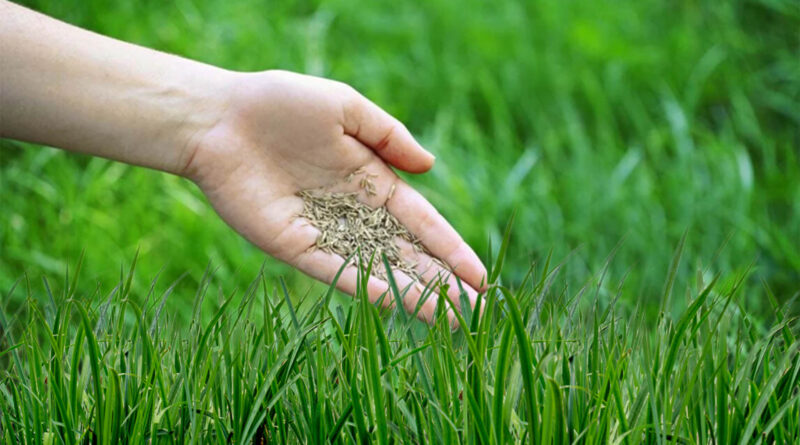How Grass Grows from Seed: A Comprehensive Guide
Grass is a fundamental part of many landscapes, offering aesthetic appeal, erosion control, and recreational spaces. Understanding how grass grows from seed is crucial for creating and maintaining a healthy lawn. This comprehensive guide will cover everything from selecting the right grass seed to maintaining your lawn through the seasons.
Types of Grass Seeds
Grass seeds can be classified into three main categories based on their growth habits and climate preferences:
Cool-Season Grasses
Cool-season grasses thrive in cooler climates and are most active during the spring and fall. Examples include Kentucky bluegrass, fescue, and ryegrass.
Warm-Season Grasses
Warm-season grasses flourish in warmer climates, growing most actively during the summer. Common types include Bermuda grass, zoysia grass, and centipede grass.
Transitional Grasses
Transitional grasses can adapt to a wider range of temperatures, making them suitable for regions with varying climates. Tall fescue is a popular transitional grass.
Seed Selection
Selecting the right grass seed is critical for ensuring successful growth. Consider the following factors:
Choosing the Right Grass Seed for Your Climate
Match the grass seed to your region’s climate. Cool-season grasses are ideal for northern areas, while warm-season grasses are better suited for southern regions.
Factors to Consider When Selecting Grass Seed
Consider factors such as soil type, sunlight exposure, and intended use (e.g., recreational vs. ornamental).
Popular Grass Seed Varieties
Explore popular grass seed varieties, including Kentucky bluegrass for its lush appearance, Bermuda grass for its drought tolerance, and fescue for its shade tolerance.
Understanding Grass Growth
Grass growth involves several stages, each requiring specific conditions and care.
Also read about: Grounds Maintenance Tamworth
Germination Process
Germination begins when the seed absorbs water, swells, and breaks through the seed coat.
Stages of Grass Growth
Seed Germination
During germination, the seed sprouts a root (radicle) and a shoot (plumule).
Seedling Stage
The seedling stage involves the development of the first true leaves, requiring consistent moisture and nutrients.
Establishment Stage
In this stage, the grass develops a more extensive root system and begins to fill in.
Maturation Stage
The grass reaches full maturity, becoming more resilient and requiring regular maintenance.
Soil Preparation
Proper soil preparation is vital for successful grass growth.
Importance of Soil Quality
Healthy soil provides the necessary nutrients and support for grass roots.
Testing Soil pH
Test the soil pH to ensure it is within the optimal range (6.0-7.0) for most grass types.
Amending Soil for Optimal Growth
Amend the soil with organic matter, such as compost, to improve its structure and fertility.
Clearing and Leveling the Ground
Remove debris, rocks, and weeds, then level the ground to create an even surface for planting.
Planting Grass Seed
Planting grass seed correctly sets the foundation for a lush lawn.
Best Time to Plant Grass Seed
Plant cool-season grasses in the fall or spring and warm-season grasses in late spring or early summer.
Techniques for Planting Grass Seed
Broadcasting
Broadcast the seed evenly over the prepared soil using a spreader or by hand.
Using a Seed Spreader
A seed spreader ensures even distribution and optimal coverage.
Hydroseeding
Hydroseeding involves spraying a mixture of seed, mulch, and fertilizer, ideal for large areas.
Depth and Spacing Guidelines
Plant seeds at the recommended depth (usually 1/4 inch) and avoid overcrowding.
Watering Techniques
Proper watering is crucial for seed germination and growth.
Stay in touch to get more updates & news on Smart Home Studio!


Your comment is awaiting moderation.
гѓ—гѓ¬гѓ‰гѓ‹гѓі йЈІгЃїж–№ – гѓ—гѓ¬гѓ‰гѓ‹гѓі гЃЉгЃ™гЃ™г‚Ѓ г‚ўг‚ёг‚№гѓгѓћг‚¤г‚·гѓі её‚иІ© гЃЉгЃ™гЃ™г‚Ѓ